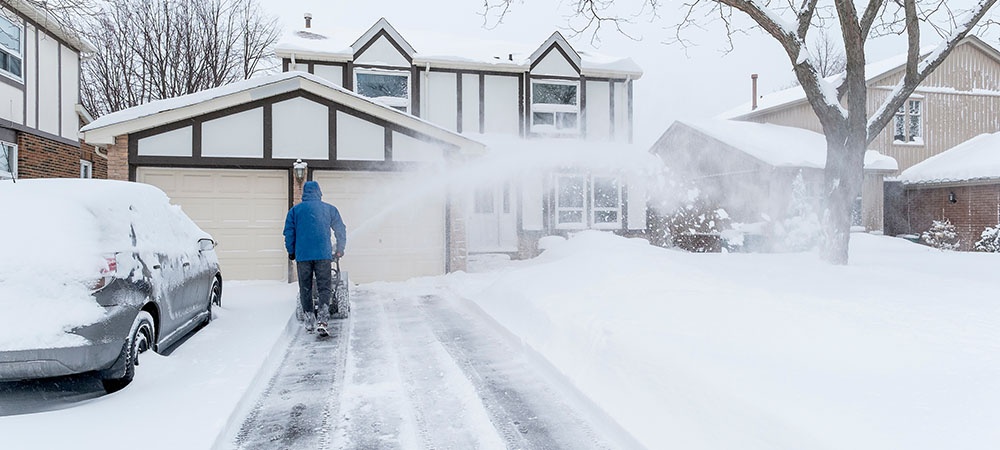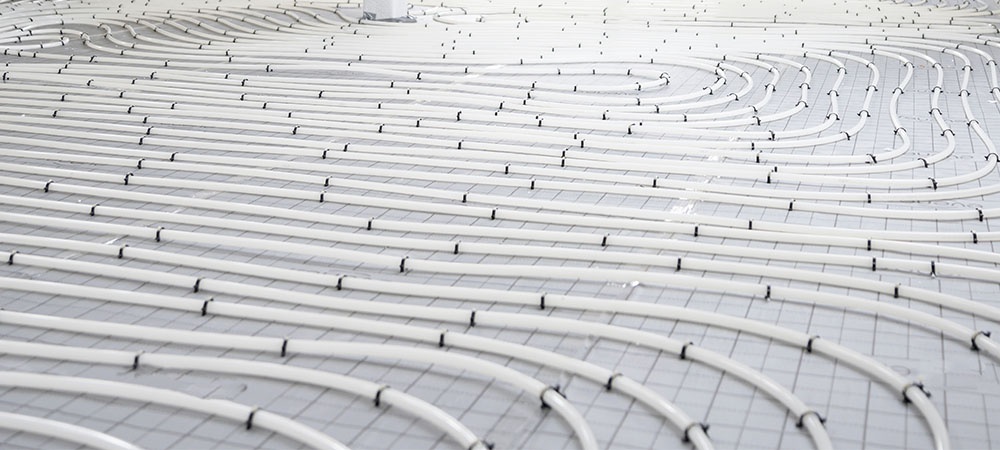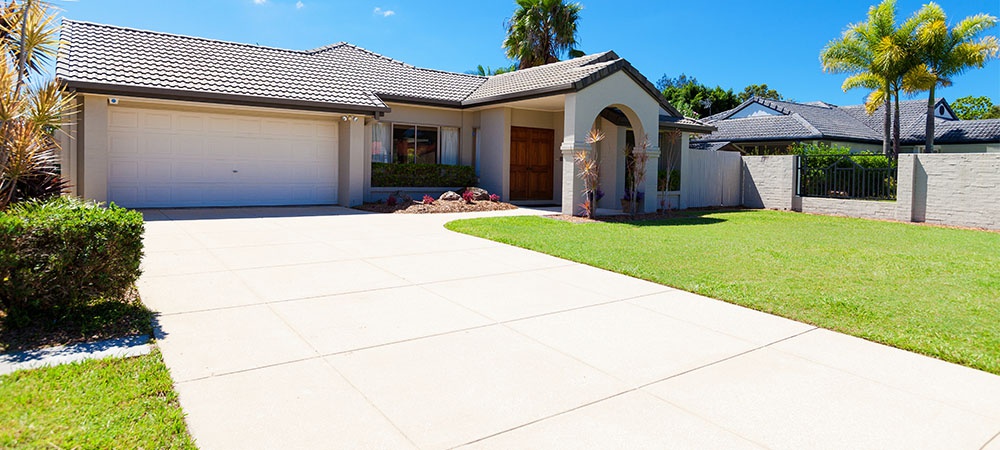Shoveling snow during the winter months can be a grueling task. Fortunately, the benefits of a heated driveway will render the need for manual snow shoveling a thing of the past.
Heated driveways are a great way of keeping snow off your parkway. Despite the initial amount you might be pouring into their purchase and installation, they will serve you well. You’ll find that these heated driveways will save you money, time and energy.
However, despite the advantages of heated driveways, there are some notable drawbacks. Therefore, it’s up to you to review both the benefits and drawbacks of heated driveways before deciding on installing them.
In this article, we’ll go over the pros and cons of heated driveways. We promise to open your mind to the possibility of this innovation.
The Benefits of using a Heated Driveway
Let’s start with the benefits of heated driveways. Here’s why installing a heated driveway on your home or office property is a good idea
Save Costs on Professional Snow Removal
The first significant advantage of heated driveways is the freedom from professional snow-clearing services. Some snow removal services can charge up to $70 per hour. However, with the heated driveway, you won’t need to rely on these services anymore.
The average cost to install a heated driveway system with a new asphalt or concrete driveway is about $16.60 per square foot. This price is a one-time application that will last a long period.
Save your Body from Stress and Strain
Another reason that makes heated driveways worth it is the lack of the need to shovel snow manually anymore. Manual removal of snow can be an excruciating and back-breaking job.
Your fingers and toes go numb due to overexposure to the winter winds. Your shoulders and hips get sore from bending and hacking at the icy surface.
But with heated driveways, you can permanently say goodbye to sore limbs. The heated driveway will melt away the snow with the simple click of a button.

Protection from Harmful Snow Removal Chemicals
Heated driveways and shovelling aren’t the only ways of getting rid of snow. Certain chemicals can be applied on the surface of the driveway. However, these chemicals can damage the asphalt and the surrounding plant life.
Prolonged use and reliance on these chemicals can also eat away at the undercarriage of your vehicles. Thankfully, when you install heated driveways, you won’t have to worry about chemical corrosiveness.
Elimination of Stagnant Pools of Water
Eventually, the snow on the driveway will melt away, and the liquid runoff can damage the driveway. The water can seep into the driveway and eat away at the concrete from within, forming cracks.
However, what makes heated driveways right for you is preventing stagnant water in the first place. The heating system maintains a temperature above freezing, inhibiting water from lasting on the surface.
Improved Value of your Home
In the housing market, a more sophisticated house always has a higher resale value. Hence, another excellent benefit of heated driveways is the improved resale value of your home. The presence of the heated driveway will make your home inviting to realtors and house hunters.
The Drawbacks of using a Heated Driveway
We’ve covered the perks of heated driveways. But we’ll look at some drawbacks of installing this technology under your driveway.
High Cost and Expensive Installation
The biggest drawback to installing a heated driveway is the cost. The price of buying and installing the heated system can rise to several thousands of dollars.
Furthermore, the old driveway must be broken down in most cases to install the heated system. The cost of breaking and clearing the old driveway will factor into the overall cost.
Higher Utility Bills
The cost of powering the heated driveway is another issue. The extra equipment will increase your overall utility bills. Additionally, the costs will become significantly more if you live in an area with already skyrocketing bills.
The Need for Additional Equipment
As effective as the heated driveways are, they aren’t absolute in melting away all the ice. You’ll need to install radiant heat systems to melt down the ice effectively. This radiant heat system will add to your overall cost and utility bills.

The Types of Heated Driveways
Now before you install that new heated driveway, let’s discuss the different options available to use. Two main options for heated driveways are portable heated mats and built-in heating systems.
Portable Heated Mats
Choosing the right heated driveways for you boils down to taste and purpose. Consider installing a portable heated mat if you live in a small apartment with a narrow driveway.
The heated mats feature a heating element placed between two rubbery surfaces. The heating element is connected to a moisture-resistant power cord. The most significant advantage of heated mats is their portable nature.
You can move the mats from one location to another if you feel a particular region requires more heating. The mats also cost less than the built-in heating systems.
However, despite the seeming benefits of this heated driveway option, there are some notable drawbacks.
- Firstly, the mats need to be manually placed and removed after usage.
- Secondly, the heating capacity of the mats isn’t as powerful as the built-in heating systems.
Built-in Heating Systems
The built-in heating systems are permanent structures installed underneath the driveway. The heating system heats the entire driveway during a heavy snowstorm and melts off any icy residue.
There are two main types of built-in heating systems for heated driveways.
- The hot water system features hot water and antifreeze mixed inside underground tubes. The resulting reaction of the mixture gives off enormous heat to warm the driveway’s surface.
- On the other hand, you could install a heated driveway with a wire grid system. This system uses underground cables in a grid formation to heat the driveway’s surface. The heating is evenly distributed, and the wire grid can be operated automatically or manually.
Both options of built-in heating systems are great for keeping your driveway spick and span. These heating systems have an extended warranty. The systems also allow you to clear your driveway quickly and easily.
However, one major disadvantage of built-in heating systems is their cost. So, before installing a new, built-in heated driveway, go over the potential expenses. Most times, the previous driveway must be torn down and rebuilt. This level of renovation will add to the overall cost of the built-in heating systems.

Summary
This article has covered the drawbacks and benefits of heated driveways. You have enough information to decide whether to get a heated driveway.
While there are cons to consider, installing a heated driveway is worth the long-term benefits. You also guarantee a great experience when top-quality professionals handle your heated driveway installation.
Interlock GTA has a track record for delivering finely laid and functional heated driveways that last many winters. We can do the same for you too.
Call us via 123-456-7890 to discuss cost-effective heated driveway options.




